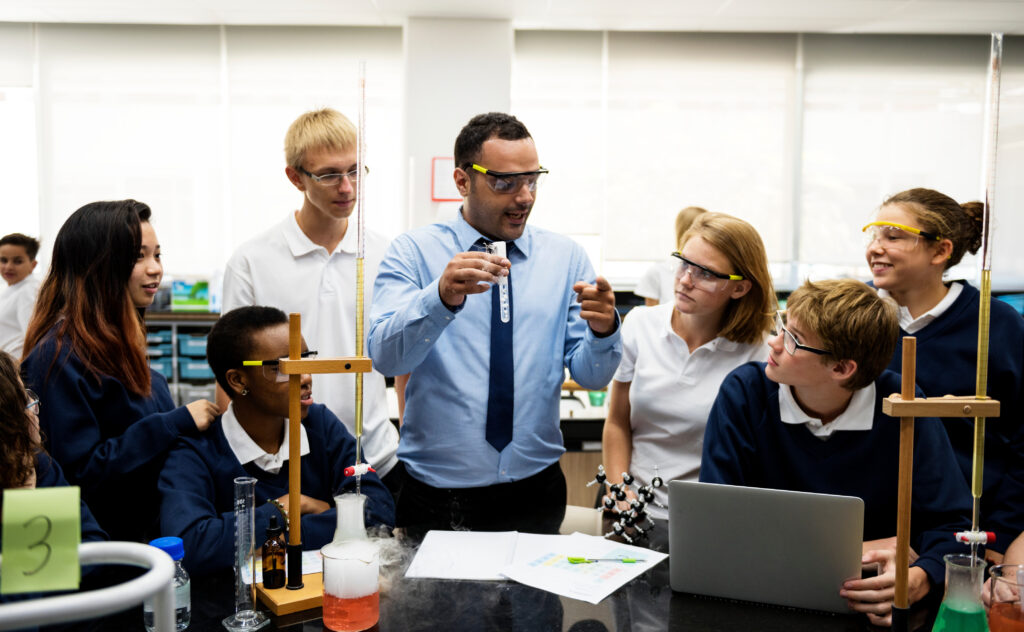
There are two crucial components to teaching and learning: comprehension and long-term retention. It’s not enough to stand at the front of a classroom and deliver the content. It’s equally important that students comprehend what you’re teaching. Given our current traditional education structure, most general education classroom teachers only have students for one school year. Students might not have trouble memorizing information and demonstrating understanding on a quiz, but if they can retain it beyond a formative assessment and apply it in context, they can take their understanding to a new level. This should be our ultimate goal as educators.
Ensuring students are truly engaged is a critical first step to initial understanding and long-term retention. One potential problem is that engagement can be confused with fun or exciting games. The objectives cannot be disguised within an enjoyable activity or fast-paced game. This approach can be helpful, but it’s critical for the learning objectives to be clearly and explicitly stated while ensuring students are continuously aware of what they’re working toward. If a fun activity is only memorable because it’s “fun”, the clear learning objectives will be lost.
Maintaining a quick pace helps contribute to engagement. The challenge with pacing is ensuring it’s appropriately challenging for all students despite the academic variability given in any group of students. One key to this is preparation. Time can be wasted during transitions or with tasks like handing out papers because some students can lose focus or get distracted. Obviously some transitions are necessary, but it’s important to maximize instructional time and keep things moving quickly so students don’t feel like they have time for anything other than the academic task at hand.
In addition to maintaining clarity on the instructional focus, students should also feel like they have identified things to accomplish in a limited period of time. Students shouldn’t feel like they are left on their own to figure things out, however. Lessons should be structured with a gradual release of responsibility.
For example, Fisher and Frey suggest an instructional framework that includes focused instruction followed by guided instruction, collaborative learning and independent learning. Initial instruction should be clear, direct and explicit. Teachers should then shift into guided instruction, where they use questioning and prompting to scaffold the shift from teacher-directed to student-driven learning. Collaborative learning provides teachers with the opportunity to observe and provide redirection as necessary to ensure students’ understanding is accurate. Providing immediate and specific feedback is essential to ensuring students stay on track and avoid misconceptions. Once a teacher is convinced students have an accurate understanding, they can shift into independent practice that provides students with an opportunity for reinforcement and repetition to establish true mastery.
Teachers should also revisit these topics continuously throughout the course while integrating new learning with previous material to ensure that mastery is not lost. Not only is ascertaining students’ prior knowledge important to determining how to direct and guide instruction, but connecting new learning to students’ prior experiences and understanding helps them form neural connections that strengthen new learning and increase retention.
In order to strengthen the learning experience in a way that lasts, it’s important to incorporate instructional strategies and approaches that solidify the learning process and long-term retention of content to create a robust education.
American College of Education offers education programs for all levels of your teaching career. Get started today!

